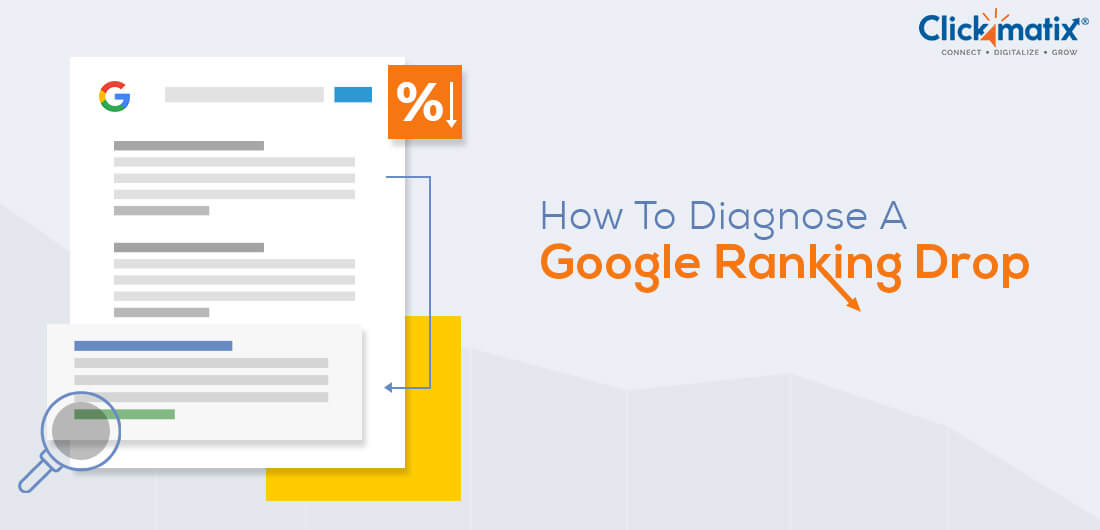
You spend years working to increase your ranking on Google. Finally, after tireless work, great content, and a growing user base, you manage to claw your way to the very top. Everything is great! But one day, you find your analytics are a bit off. Organic traffic has been going down and you are shocked to discover the cause: your ranking has dropped, maybe significantly.
I would venture a bet that your first assumption is an algorithm update on Google’s end. After all, we have all been surprised by their integration in the past. We may have even suffered drops in the past due to those new algorithm rules. But don’t be so quick to assume… you could be missing a number of factors within your control.
Check these three first
Here are three checks for you before you lose your mind:
- Is there any change in traffic?
- Is there any message inside Google’s search console?
- Is there any confirmed or widely discussed Google algorithm update?
If the answer is NO to all of the above, chances are Google has nothing to do with that change in rankings. And if the answer is NO to #1, it is probably too early to worry anyway. Give it some time. Drink some tea.
A Word on Manual Actions
Let’s say the worst has happened and you have been penalized by Google. A manual action is incredibly rare and probably not what is going on. But there is a way you can check to make sure. Go to Google Search Console, click on Security and Manual Actions, and click “Manual Actions”.
If there has been a manual action issue, it will show in the tab, along with what the action was for and how to correct it. Once you correct the problem, you will follow the instructions to resubmit it for review. If they believe the issue has been fixed, your action will be removed and your ranking should move back up.
If you don’t see it there, there is no manual penalty. Period.
Now let’s look at some of the more common reasons Google rankings plummet:
Accidental Noindex
One of the biggest culprits is the Noindex. Let’s say you are moving some pages from the development stage to publishing. During its creation, that page was listed under a Noindex tag to allow it to remain off of search engines until it was ready for publication. That tag can be left in place, so you have a published page that doesn’t allow Google to crawl it. This affects your entire site.
I have seen this happen the most with WordPress sites. Most of the plugins, including the popular Yoast, have a feature that allows you to say whether posts are allowed to be shown on search engines or not. If you don’t switch that from a no to a yes, or if it is hit accidentally, it can really throw your site out of whack.
Website Redesigns
Have you made any major changes to your site recently? Maybe a redesign or a major page migration? This is a very common reason that your ranking could drop. Sometimes that drop is really dramatic and you can panic a bit. The good news is that it is a temporary drop. Most webmasters see ranking drops from redesigns or mass migrations start to bounce back within a few days, reaching their peak within a week or so.
If you don’t start to see your ranking and traffic go up again, that is when you should start looking into other causes. This type of drop corrects itself and shouldn’t require anything from you. That is how you know there is a real problem.
If you are diagnosing someone else’s site, use Wayback Machine to find past site changes:
Malware Attack
I am almost against bringing this one up because it is every webmaster’s worst nightmare and is also so rare. But if it does happen, or if you have had your site infected with malware, it is critical that you are aware of it and take care of it before your brand is damaged as a result. Remember: user trust is everything.
Diagnosing this is simple. You go to Google Search Console, and in their Security and Manual Actions section you can click on “Security Issues”. This will tell you if they have detected any malware, third-party hacks, or break-ins to your site.
It is pretty reliable, though if you want to be doubly sure you should make sure you can log in to your site and go through your pages to look for anything out of place. Be sure you also check the URL as a user and see if anything pops up that shouldn’t.
Unknown Website Changes
You probably have developers or web designers on staff. It is imperative that you ask them about any changes or work on the site you weren’t aware of, especially high-impact changes that were made. Sometimes, things can be done behind the scenes to improve overall performance, but they can impact your SEO and search results.
Just like with a redesign, most of these are temporary. Look through those changelogs! It might be a much smaller issue than you think.
Technical Issues
There are a few technical problems that could be the cause of your drop. They are usually easy to fix but you have to figure them out, first. Some of those technical issues could be:
- Robots.txt has changed
- Meta robots tags have let Google know that certain pages should not be crawled
- Redirects due to HTTP status codes no longer up to date
- Lost backlinks (this one happens a lot)
As you can see, technical problems are easy to diagnose and simple to solve, with the exception of backlink loss. In that case, all you can do is find new ones.

Get weekly insights for revenue-shifting results
Sign up for our newsletter and be the first one to know about our exclusive offers, digital marketing news and updates.
|
|
Thank you for Signing Up |


Change In Content
You got your userbase talking about old Southern recipes that you had passed down through your family. But one day you decide you are really into politics and you start to slip those into your posts.
Then you start to write politics-only posts. Suddenly, you’re noticing a lack of engagement and soon your
Dealing With Gradual Declines
Sometimes the drop is not a dramatic and sudden change. Sometimes, it is a much smaller, gradual decline that nevertheless makes a big difference over time. This happens a lot and can be a source of a lot of stress as the analytics show the continued drop, day by day.
Take a deep breath, it is going to be OK.
Yes, it is harder to handle gradual declines, but not impossible. You are going to handle it just as you would a sudden one: dig until you find the source of the problem.
I would personally start by going through your site and making sure it is not isolated to a single page or perhaps a section of your site. That will narrow down your search and if you are lucky, you discover that it is, indeed, that simple. If not?
In search for strategic sessions?
Let us understand your business thoroughly and help you
strategies your digital product.
It's time to call your business-
a brand!
Australian Owned Agency
Save Time and Money
Unbeatable Value
Where Work Gets Done

free Ecommerce SEO guide for Higher Sales & Conversion


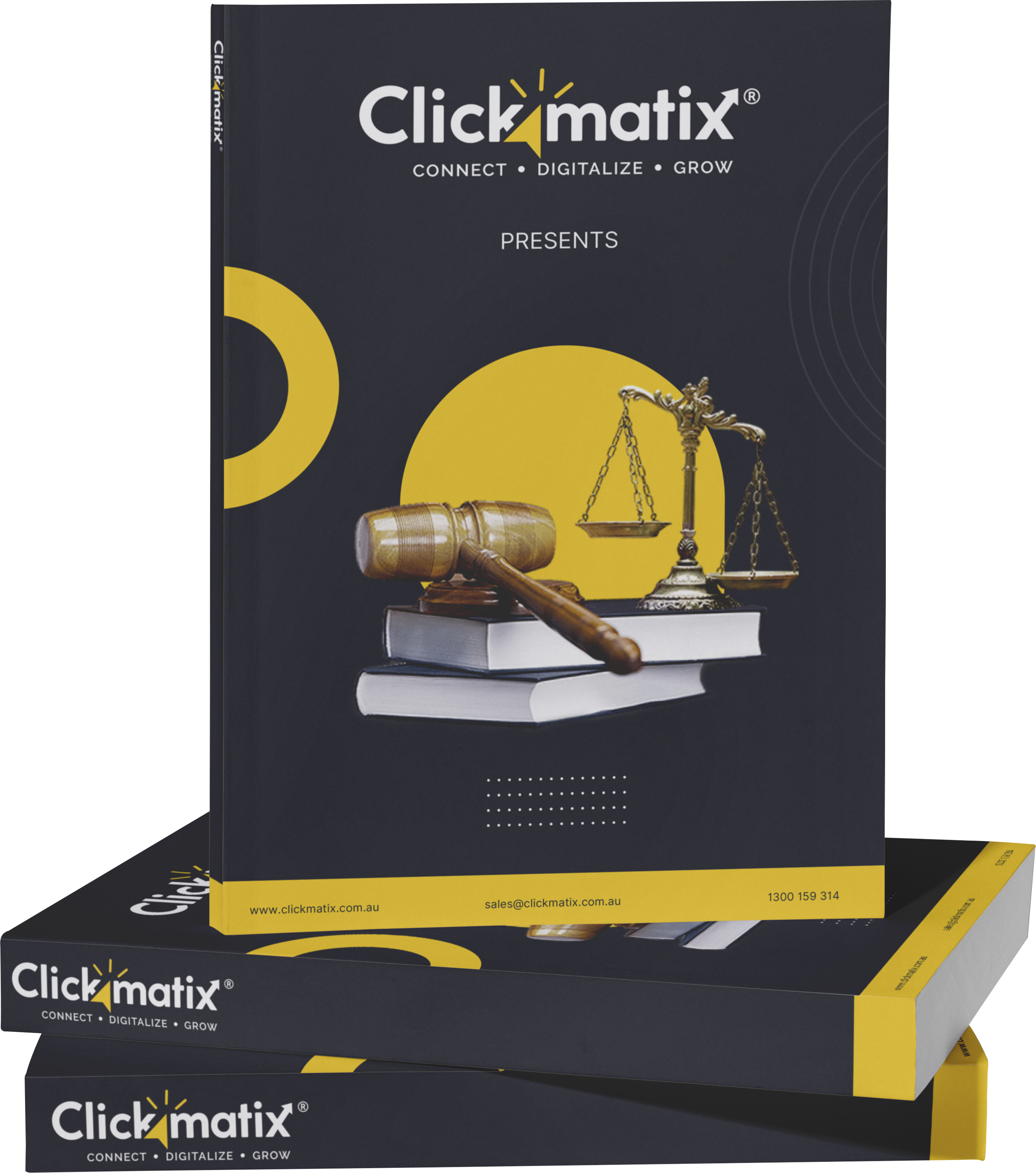
THE ULTIMATE MARKETING GUIDE FOR LAWYERS



Youtube Ads Guide How to Advertise on Youtube



free Ecommerce SEO guide for Higher Sales & Conversion


It's time to call your business-
a brand!
Australian Owned Agency
Save Time and Money
Unbeatable Value
Where Work Gets Done



The Game-Changing Ecommerce SEO Guide That Will Blow Your Mind & Sales
With this Ecommerce SEO Guide, you'll be able to:
- Develop a Ecommerce SEO strategy.
- Build a content marketing strategy that aligns with your business goals.
- Convert your website visitors into paying customers.



Youtube ads guide how to advertise on youtube
With this Youtube ads Guide, you'll be able to:
- Develop a Youtube ads strategy.
- Build a type of ads of your own that aligns with your business goals.
- Generate revenue from youtube ads.
It's time to call your business-
a brand!
Australian Owned Agency
Save Time and Money
Unbeatable Value
Where Work Gets Done








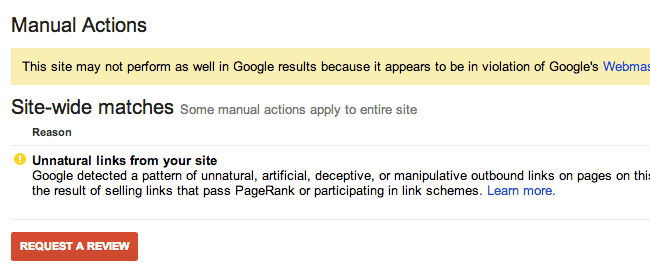
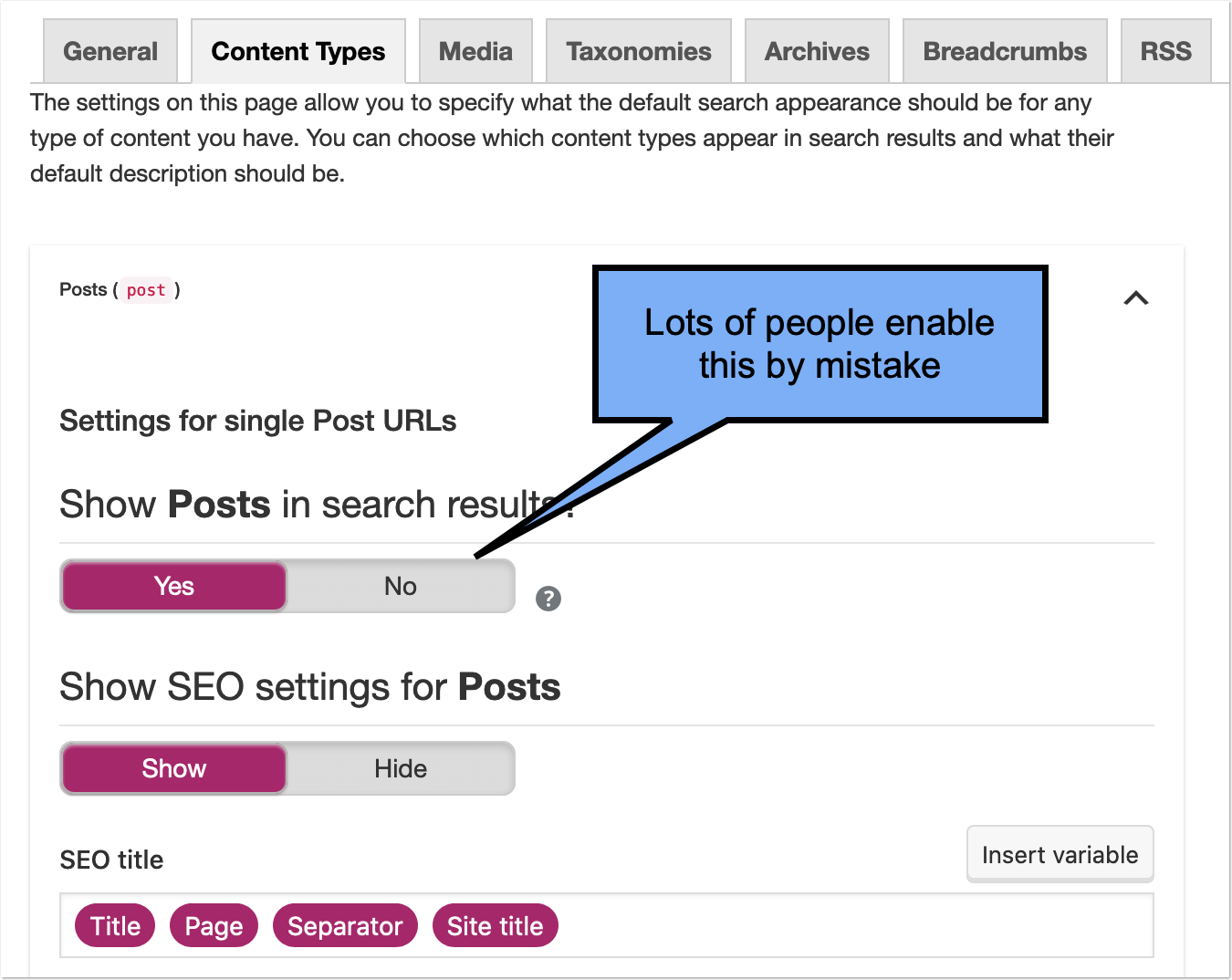
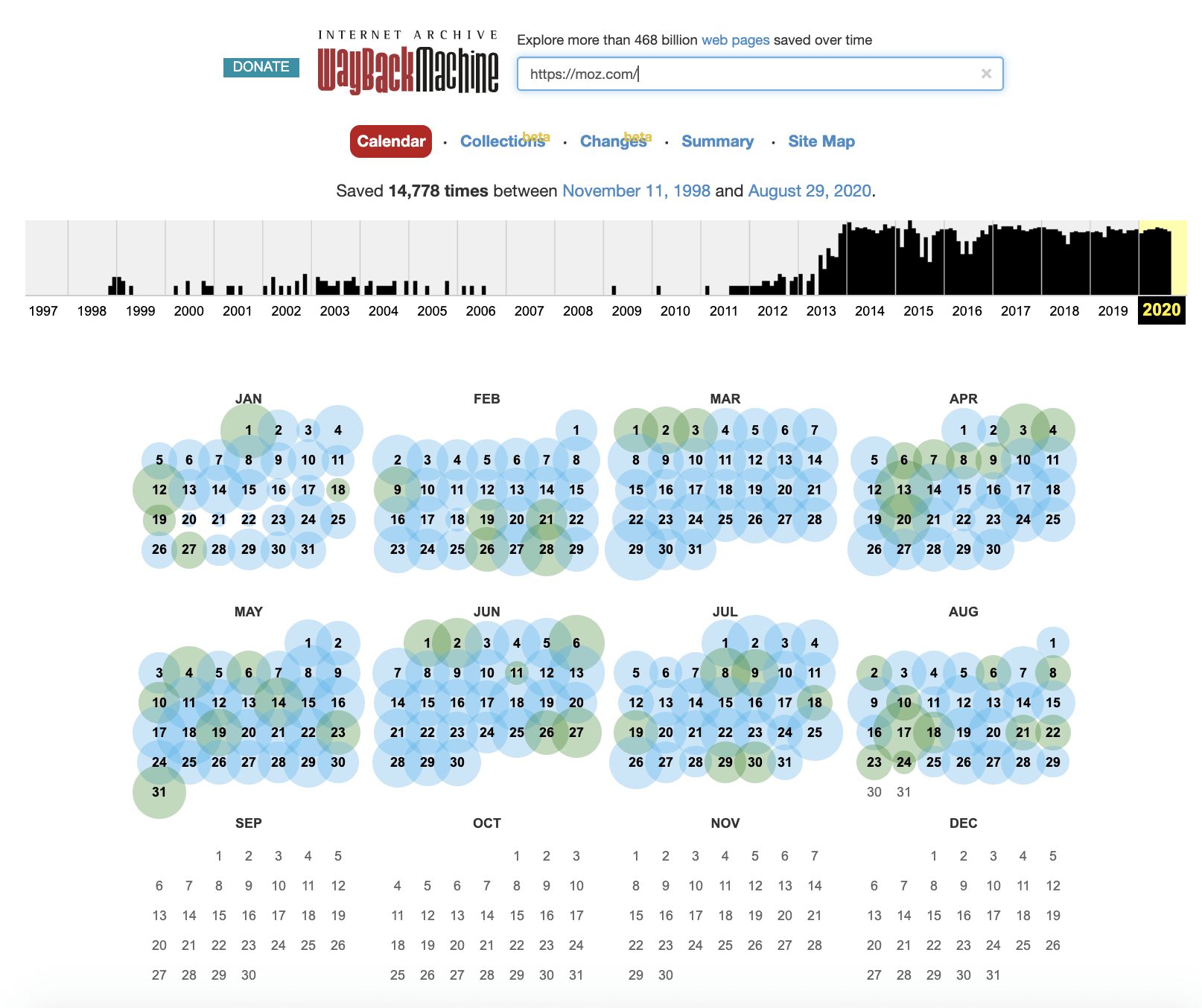
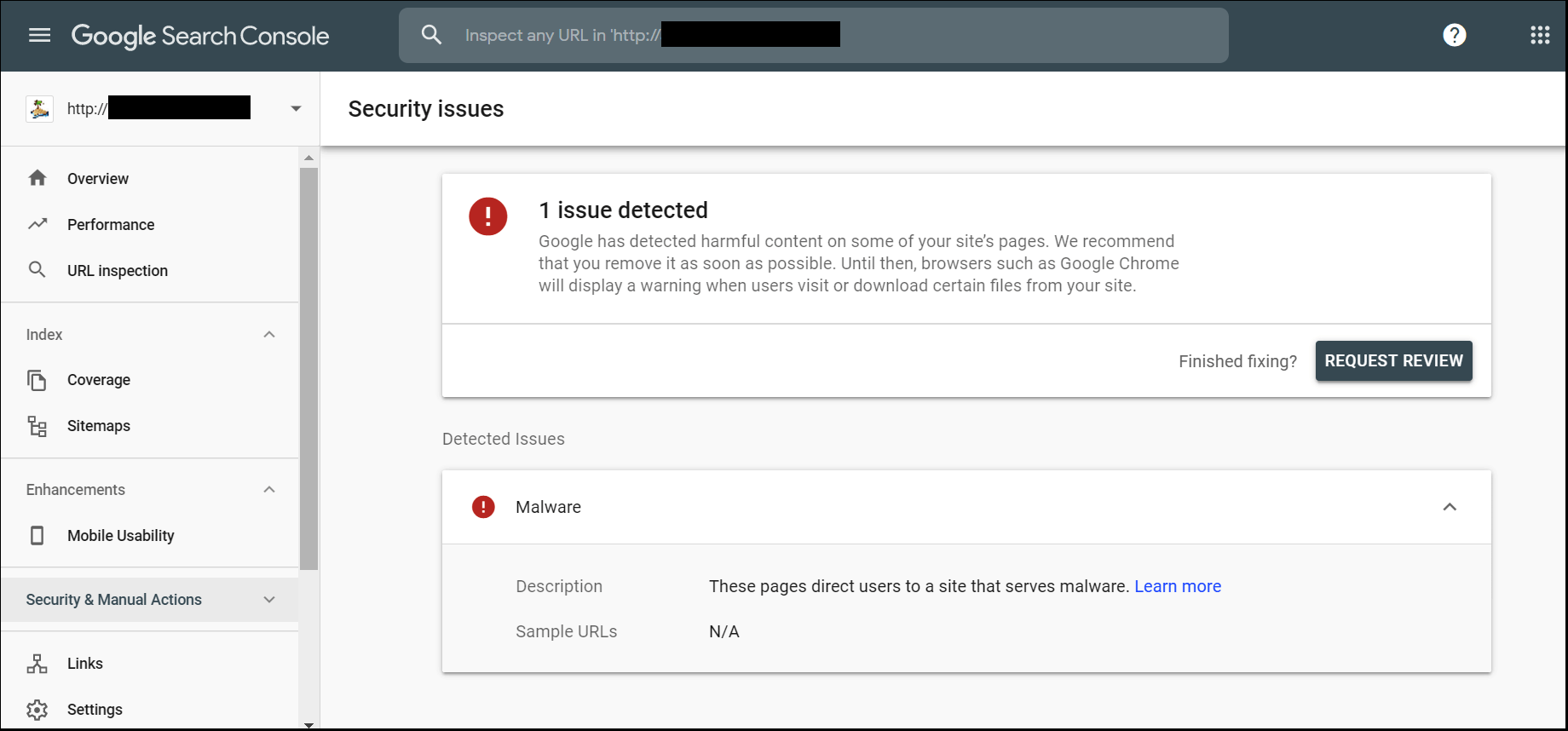
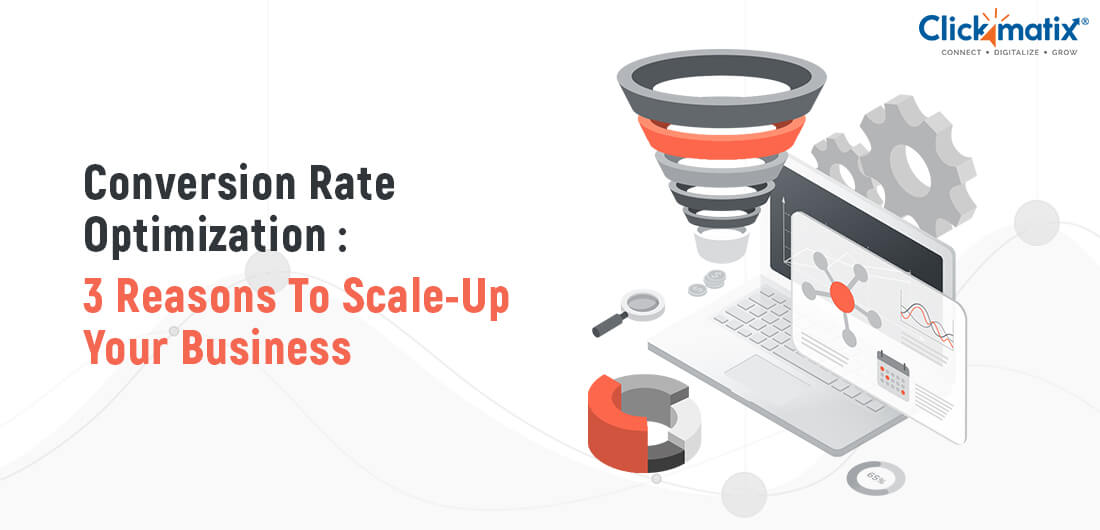

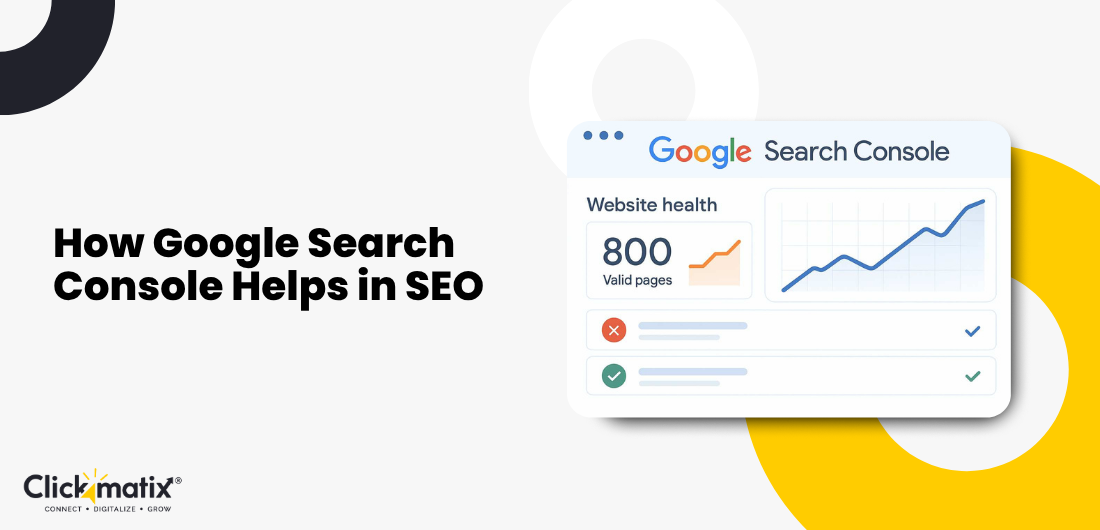
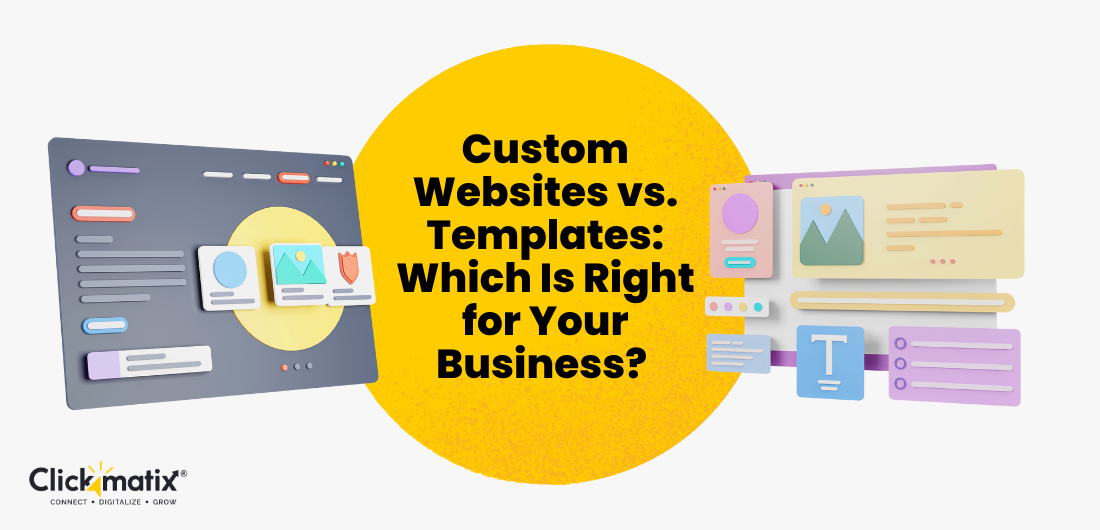

 Australian Owned Agency
Australian Owned Agency Save Time and Money
Save Time and Money Unbeatable Value
Unbeatable Value Where Work Gets Done
Where Work Gets Done